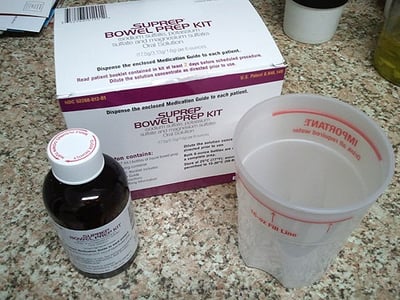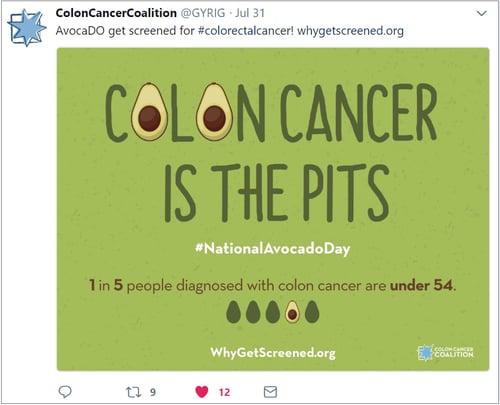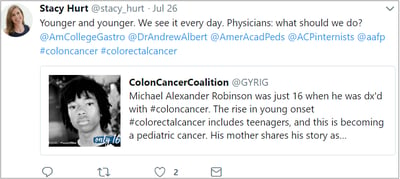Barriers to Colonoscopy
by Larissa Biggers, on August 03, 2018
If Colonoscopy Is the Gold Standard, Why Is Compliance So Low?
In 2018, 50,630 people in the United States will die of colorectal cancer, according to the American Cancer Society. It is the third leading cause of cancer-related deaths in men and women in this country.
The good news is that fewer people are dying from this disease than in previous decades. Thanks in large part to colonoscopy, polyps (precursors to cancers) can be detected and removed, and cancers can be detected at an earlier stage. Today, there are more than 1 million survivors of colorectal cancer in the United States!
So, if detection is better and treatment more effective, why aren’t more people getting screened? It’s complicated.
Although the reasons (ranging from lack of transportation to PTSD from sexual assault) differ depending on the individual patient, fear is typically cited as the leading reason for not getting screened. And fear comes in many forms.
Fear of the Procedure
A 2012 study of barriers to colonoscopy based on gender found that both men and women were fearful that colonoscopy would be difficult or painful. Specifically, women worried about bowel perforation (even though this risk is quite low.) Men were actually more afraid of the test results than the pain. One male study participant put it this way, “I’ll call it the fear factor…. Do I really want to know that there is something wrong?”
A second fear surrounding colonoscopy was related to embarrassment. Women typically anticipated being embarrassed in front of healthcare providers, while men noted that the procedure places them in a physically vulnerable or awkward position.
Fear of the Prep
Various studies have confirmed the patients are as worried about the prep as they are about the procedure. In the 2012 study referenced above, patients perceived that ingesting large amounts of a laxative was as invasive as the actual procedure. And while the intrusiveness of scoping was thought to be buffered by the anesthesia, laxative intake (and the abdominal distress and diarrhea) was not.

Cost
Another barrier to obtaining a colonoscopy may be the price tag. Although the Affordable Care Act (ACA) requires a commercial insurer to cover screenings for patients aged 50 to 75 with no out-of-pocket costs, sometimes the rules can be muddy. For example, health plans that predate the ACA are not bound by this requirement. And, the ACA does not require coverage for patients under the age of 50 even though the American Cancer Society now recommends screening at 45 for certain populations.
Medicare also covers screening procedures without charge; however, if a polyp is found, the test may be coded as a “diagnostic” and not a “screening” procedure, meaning that the patient may have a co-pay.
For uninsured individuals the average cost of a colonoscopy is $3081. For low-income patients who may qualify for assistance, even the cost of transportation and/or lost wages may be prohibitive.
Busy Schedule
Fear of the procedure and prep and the cost are understandable barriers to screening. A busy schedule is not. (My father was so busy that he did not get screened until he was in his mid-70s; the colonoscopy demonstrated Stage IV colon cancer. Miraculously he survived, but most are not that lucky.)

Yes, prepping for and undergoing colonoscopy does take time, but if your study results are normal, you won’t need this procedure for another 10 years. And if an abnormality is detected, you will be glad you invested the time.
Breaking Down the Barriers
While there is no magic bullet for increasing screening rates, education definitely helps. Making people aware of the obvious benefits and minimal risks of colonoscopy is essential to reducing or eliminating fear. Organizations like Colon Cancer Coalition and Fight Colorectal Cancer are leaders in getting the word out, as are individuals with CRC or providers in the field.


In addition, in an effort to increase screening rates, medical practices are ramping up efforts to assist patients with scheduling, insurance and cost issues, and even transportation. These measures will hopefully mitigate the fear factor and lead to higher rates of screening colonoscopies, thus reducing the incidence of a potentially deadly (but treatable) cancer.


